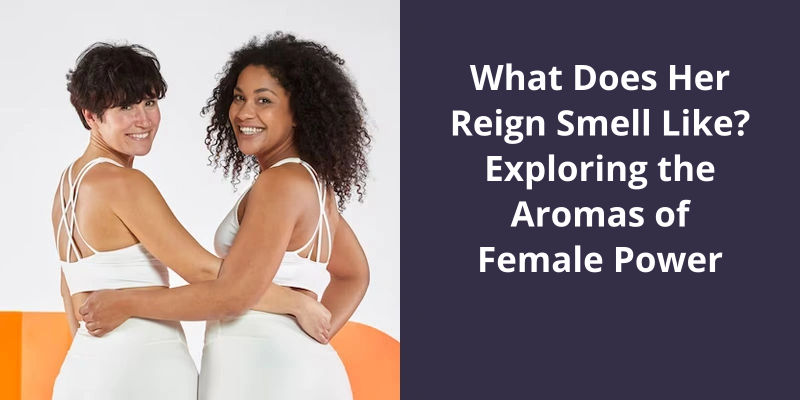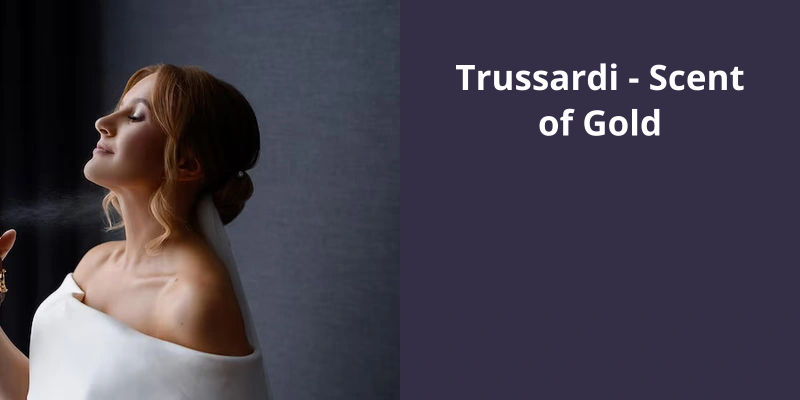Berluti, a well-known high-end luxury men’s fashion house, shares similarities with several other brands. Among these are Tom Ford and Louis Vuitton, both renowned names for their production of luxury goods. Similarly, Brioni and Kiton are popular for their bespoke men’s suits and their penchant for immaculate craftsmanship, much like Berluti. Moreover, brands such as Ermenegildo Zegna and John Lobb also craft quality male footwear comparable to that of Berluti. Other brands that parallel Berluti’s exclusive allure include Stefano Ricci and Santoni, each admired for their high-end, sophisticated styles. Overall, these brands emulate Berluti’s approach, offering high-quality, stylish, and luxurious products.

What Brand Is Berluti?
Founded in 1895 in Paris, Berluti was originally a company that specialized in bespoke shoes. However, it quickly garnered fame for it’s unique finishing techniques that have become a signature of the brand. Berlutis shoes are instantly recognizable for their patinas, a gradient finish applied to the leather using a series of dyes and pigments. This process results in a one-of-a-kind color and texture that strengthens the character of each pair of shoes.
Over the years, Berluti has expanded it’s product line to include other leather goods like bags, wallets, and belts. The company has also ventured into clothing, producing tailored suits and jackets that have the same level of craftsmanship and quality as their shoes. Berluti maintains it’s high standards by only using the finest leathers and materials sourced from around the world, and employing skilled artisans who handcraft each item with care and attention to detail.
In recent years, Berluti has become a favorite among fashion enthusiasts, athletes, and celebrities alike. Former soccer player David Beckham has collaborated with the brand on several collections, and actor Robert Downey Jr. has been spotted wearing Berluti shoes on numerous occasions. The brands star-studded clientele is a testament to it’s luxury status and impeccable craftsmanship.
Despite it’s reputation as a high-end brand, Berluti also prioritizes sustainability and ethical manufacturing practices. The company has launched initiatives to reduce it’s carbon footprint and minimize waste in it’s production processes. Berluti also operates a leather-tannery in Italy that adheres to strict environmental standards and uses only natural materials in the tanning process.
The Evolution of Berluti’s Product Line Over the Years, and How the Brand Has Expanded Beyond Bespoke Shoes to Include Other Leather Goods and Clothing.
- Berluti’s origins as a bespoke shoe company
- Addition of leather goods such as bags and wallets
- Expansion into ready-to-wear clothing
- Collaborations with artists and designers
- Incorporation of new materials and techniques
- Ongoing commitment to quality and craftsmanship
While Berluti may not make the top of the list when it comes to eCommerce net sales in the fashion market, it’s still a well-established and respected brand in the industry. So, what sets Berluti apart from other fashion retailers? Let’s take a closer look at their history, products, and unique brand identity.
What Is the Revenue of Berluti?
Berluti, the high-end fashion label known for it’s luxury leather goods and footwear, has been operating in the fashion market for over a century. The brand was established in Paris in 1895 by Alessandro Berluti and quickly gained a reputation for producing some of the finest menswear and accessories in the world. Today, Berluti is owned by the luxury goods conglomerate LVMH, which also owns other prestige brands such as Louis Vuitton, Christian Dior, and Fendi.
However, the exact revenue of Berluti is notoriously difficult to pin down, as the company doesn’t publicly release financial information. Nevertheless, industry insiders suggest that the brands annual revenue is at least in the hundreds of millions of dollars.
Although Berluti has a significant presence in Europe and Asia, it’s footprint in the United States is relatively small. According to online retail analytics firm SimilarWeb, Berlutis website, berluti.com, ranks at #1438 in the fashion category for eCommerce net sales in the US market, with estimated revenues of over $1 million in 202However, this still accounts for less than 0% of the total eCommerce net sales in the fashion category in the US.
In comparison to other online retailers in the fashion category, Berluti is far from being a top player. The leading online fashion retailers in the United States include the likes of Shein, Walmart, and Amazon, which generate billions of dollars in revenue each year.
Instead, Berlutis target market is affluent, discerning customers who’re willing to pay a premium for high-quality, expertly crafted luxury goods. To cater to this market, the company emphasizes it’s heritage, craftsmanship, and exclusivity, with products that are only available at select stores and highly coveted by collectors. In this way, Berluti is able to generate significant revenue and maintain a loyal customer base, despite it’s relatively small market share and modest online presence.
Berluti has a rich history in the fashion industry and has always been known for it’s exquisite leather craftsmanship. Continuing that tradition, the brand has recently hired Colombian designer Haider Ackermann as it’s new creative director. With his unique vision and expertise, Ackermann is expected to bring a fresh perspective to the brand while still honoring it’s legacy.
Who Is the Current Designer of Berluti?
Haider Ackermann was appointed creative director of Berluti in 2016, succeeding Alessandro Sartori. Ackermann is a Colombian fashion designer who was born in Bogotá and raised in Cartagena. He studied fashion at the Royal Academy of Fine Arts in Antwerp, Belgium, and went on to launch his eponymous fashion label in 2001.
Ackermann is known for his minimalist aesthetic and his use of luxurious fabrics, such as silk, velvet, and leather. He’s won several awards for his designs, including the prestigious ANDAM Fashion Award in 20Ackermanns appointment at Berluti marked a new direction for the brand, which was primarily known for it’s shoes and leather accessories.
Under Ackermanns leadership, Berluti has expanded it’s ready-to-wear collection and introduced new categories, such as sunglasses and fragrances. Ackermanns designs for Berluti are characterized by their clean lines, muted colors, and subtle detailing. He’s also experimented with new materials, such as denim and wool, to create a more diverse range of products.
Looking to the future, Ackermann has stated that he’s committed to preserving Berlutis heritage while also pushing the brand in new and exciting directions. He’s expressed a desire to continue exploring the potential of leather as a medium for design and to expand Berlutis presence in key global markets.
Source: Berluti
Conclusion
As demonstrated by it’s top rivals, such as Cerruti 1881, Bonaudo, and Fendi, the luxury market is full of brands that offer similar products and cater to similar elite clientele. Ultimately, what sets these brands apart is their ability to differentiate themselves through innovation, quality, and brand recognition. As the fashion industry continues to evolve, it will be interesting to see how each of these brands adapts to changing consumer preferences and shifts in the competitive landscape.





